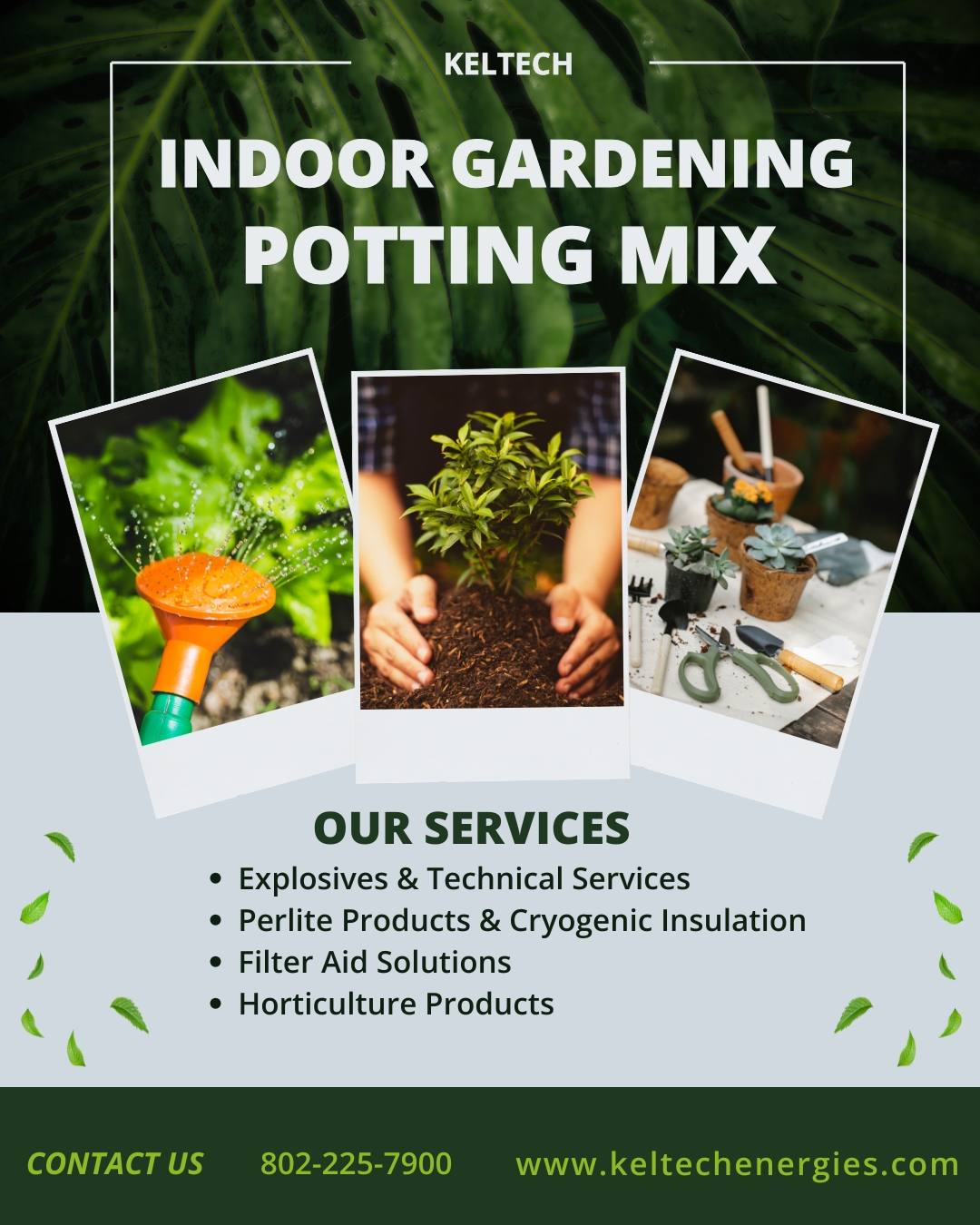Indoor gardening has become a popular trend among plant lovers, urban dwellers, and hobbyists who want to bring nature closer to their living spaces. From compact apartments to modern offices, greenery not only enhances the look of a place but also improves air quality and creates a calming atmosphere. But for houseplants to thrive, they need more than just light and water—the foundation lies in the right indoor gardening potting mix.
Unlike traditional garden soil, potting mixes are formulated to provide ideal conditions for plants grown in containers. Indoor plants require soil that is lightweight, well-draining, and nutrient-rich. A properly prepared potting mix ensures healthy roots, better aeration, and the right balance of moisture retention, helping plants adapt to indoor environments.
In this guide, we’ll explore the essentials of indoor potting mixes, the key ingredients, their benefits, and tips for choosing the perfect blend for your plants.
Why Indoor Gardening Potting Mix Matters
Plants grown indoors have limited access to natural conditions such as rainfall, airflow, and natural decomposition of organic matter. A potting mix compensates for these limitations by creating a controlled environment. It ensures:
- Proper drainage to prevent root rot
- Adequate oxygen supply for strong root growth
- Balanced water retention for consistent hydration
- Essential nutrients to support healthy foliage and blooms
With the right mix, plants can adapt to limited space, artificial lighting, and controlled watering schedules—making it the heart of successful indoor gardening.
Key Ingredients in Indoor Potting Mix
A well-prepared indoor gardening potting mix contains a blend of organic and inorganic components. Each ingredient plays a unique role in plant health:
1. Cocopeat
Derived from coconut husks, cocopeat retains moisture while providing excellent aeration. It prevents compaction and keeps the medium lightweight.
2. Perlite
This volcanic glass is expanded into lightweight granules that improve drainage. Perlite prevents waterlogging and keeps roots oxygenated.
3. Vermiculite
A natural mineral that absorbs and releases water gradually, vermiculite supports steady hydration and helps in seed germination.
4. Compost
Nutrient-rich compost adds organic matter, boosts microbial activity, and enhances soil fertility for stronger plant growth.
5. Sand or Grit
Adding coarse sand ensures good structure and reduces the chances of overly compact soil.
Together, these ingredients create a balanced medium that mimics natural soil conditions while avoiding its drawbacks.
Benefits of Using Indoor Potting Mix
Switching from regular garden soil to a specialized potting mix brings multiple advantages:
- Healthier Roots – Improved aeration ensures roots can breathe easily.
- Fewer Pests and Diseases – Sterile mixes reduce the chances of soil-borne infections.
- Moisture Balance – Ingredients like cocopeat and vermiculite hold water without waterlogging.
- Lightweight and Easy Handling – Perfect for containers and balcony gardens.
- Faster Growth – Nutrient-rich blends encourage quicker establishment of plants.
Choosing the Right Mix for Different Plants
Not all plants require the same growing medium. Matching the mix to the plant type ensures better results.
- Succulents & Cacti – Require sandy, well-drained potting blends with extra grit or perlite.
- Leafy Greens & Herbs – Thrive in nutrient-rich cocopeat and compost-based mixes.
- Ornamental Houseplants – Prefer balanced mixes with cocopeat, vermiculite, and compost.
- Flowering Plants – Need moisture-retaining blends enriched with organic nutrients.
By customizing the mix, you can cater to the specific needs of your indoor garden.
Tips for Successful Indoor Gardening with Potting Mix
- Use Clean Containers – Ensure pots are washed to avoid contamination.
- Water Carefully – Follow a consistent schedule; avoid overwatering.
- Add Fertilizers Periodically – Even enriched mixes lose nutrients over time.
- Repot When Needed – Refresh the potting medium every 12–18 months.
- Check Drainage Holes – Good drainage prevents water stagnation.
Eco-Friendly Aspects of Potting Mix
With sustainability gaining importance, many indoor gardeners prefer eco-friendly options. Cocopeat, compost, and organic fertilizers reduce dependency on chemical inputs. A soilless medium also makes recycling and repotting easier. By adopting eco-friendly practices, indoor gardening becomes both sustainable and rewarding.
Role of Quality in Potting Mix
The quality of an indoor gardening potting mix determines how well plants respond. Poor-quality mixes may contain excess salts, unprocessed organic matter, or inadequate aeration. Trusted brands such as Keltech Energies are known for producing premium-quality growing mediums that meet the needs of both hobby gardeners and professionals. Choosing a reliable mix ensures consistency, healthier plants, and long-term results.
Conclusion
Indoor gardening is more than a hobby—it’s a lifestyle that brings freshness, relaxation, and natural beauty into everyday spaces. But to succeed, one must start with the right foundation. A well-prepared indoor gardening potting mix provides the perfect balance of nutrients, aeration, and moisture, ensuring plants grow healthier and stronger.
Whether you are nurturing herbs on a kitchen shelf, maintaining succulents by the window, or caring for flowering plants in decorative pots, the right potting blend can make all the difference. By understanding the ingredients, benefits, and care tips, gardeners can achieve lush greenery indoors with ease.
So, the next time you plan to bring home a new plant, remember that the secret to success lies in choosing the right potting mix—the true lifeline of your indoor garden.



